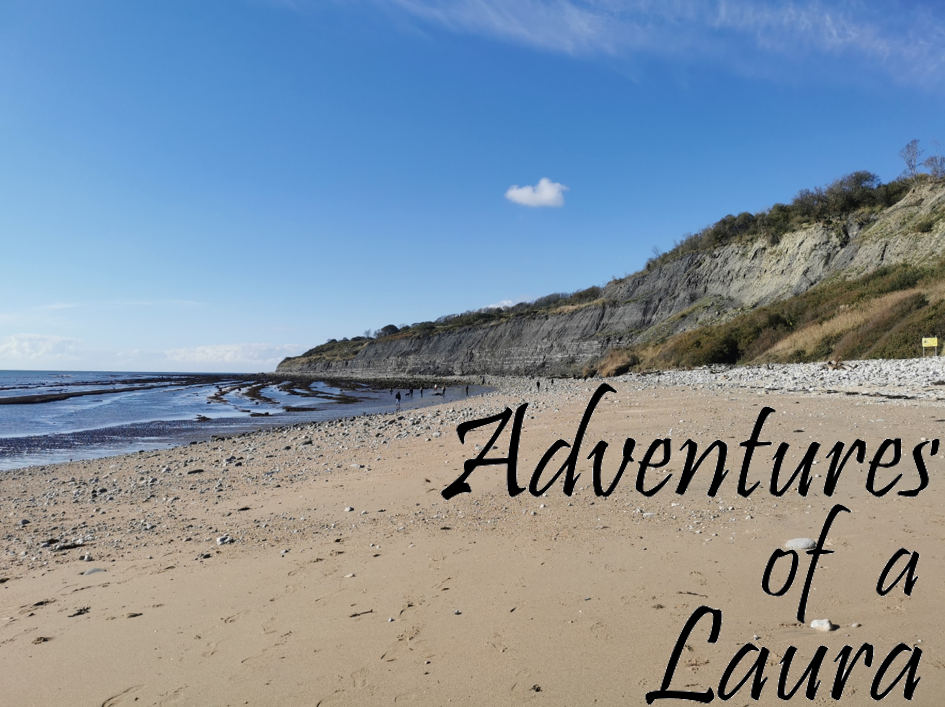The numbered titles for each are links to relevant webpages
I like technology. I like how much it has moved on since I
had Windows 3.1 and had to play games off 3 ½ inch floppy disks. I like how
much EVERYTHING is now in the thing that fits in the palm of my hands, and that
while I love going outside and mooching and physically exploring geological
sites, I can now do a lot of planning, preparation and research without leaving
my house, and that’s all because of apps.
I have an Xperia XZ phone and a Nexus 7 tablet, I generally
only take my phone out with me. Below of are some of the apps I use, and
reasons why I use them, why I recommend them, and hopefully some encouragement
for you to start using them too.
The standard, everyone in the UK should have this, app.
iGeology is great for getting quick and simple information about the rocks
where you are stood or looking. You can easily zoom in & out, see features,
see different rock types and formations, and gain further information when
connecting to the web.
Downsides: really fine features can be hard to click on if
you have fat fingers like me, and once the zoom limit it reached it can be hard
to get the info you want, especially if there are linear features (eg dykes).
I love this app. It is free, it is simple, it can be easily
configured. I use it quite a lot, I used it for mapping, I use it when I need
to find north. Such a great, simple app. Nothing more to be said.
My latest favourite. This app allows you to ‘check in’ to
geological locations and provide information about them. This then creates a
social network of geologists and geological sites, and my aim when using the
app is to encourage people to visit sites that they may usually overlook.
The map overlays are beautiful and it allows you to input
data about the rock age, formation, structures, fossils etc. You can also add
pictures, give the outcrop a rating out of 5, and when you have done all of
this you get XP. The more XP you get, the higher up the Mohs Scale of Hardness
you travel. I am currently Calcite, Level 3. It’s been quite fun challenging
myself to get new outcrops of different ages. I know that I don’t use this app
to its full potential, but I use I for what I want, and it does that well. This app is global, not just UK-centric.

This app was released by Esri & the Geological Society
of London to celebrate the release of their list of 100 Geosites, across the
United Kingdom. I have had some teething issues with it on my phone, but it
works on my tablet. It is clear and easy to use – you can zoom in on the map to
discover locations near you, or around the country. Click on a site to then get
more information about it. This list feature also makes it easy to tick off how
many sites you have visited – so far I have done 15/100.
Fossil Explorer from the Natural History Museum allows the
user to explore fossils in the location. You can search for an area/postcode,
or use geolocation to find you and then search around your location. I searched
Wren’s Nest to use as an example as I know it is a fossil site, and a stonking
good one at that. This app could rapidly become my favourite – I love mooching
for fossils and finding new sites to do so, and it would be very useful as a
quick reference tool.
This app is brilliant for the urban fossil hunters in
London. Pavement Geology was set up to explore the geology of building stones
used in the city, and this app allows the user to zoom in on the map and click
on a colour-coded pin to reveal more information about the building stone. This
app covers igneous, sedimentary and metamorphic, is free, and easy to use. I
haven’t been to London since it launched, but I do like mooching on it to
discover more about the areas of London that I know well.
This app is great – buy an OS paper map, then get a digital
download with it too. Download your map to the app, then you can use it offline
on your phone/tablet. Zooming quality is great and it has all the detail you
know and love from the paper OS map. So far, I only have one map (Snowdonia)
and haven’t yet used it in the field – must book a holiday to Wales…



















